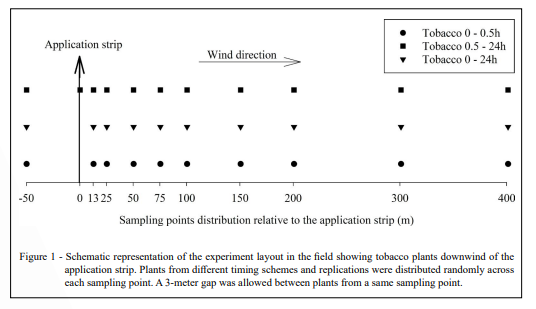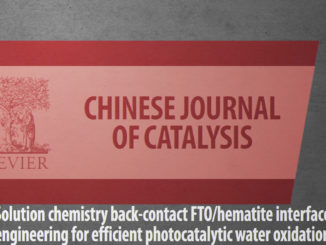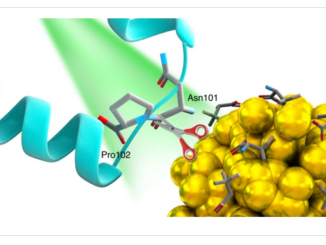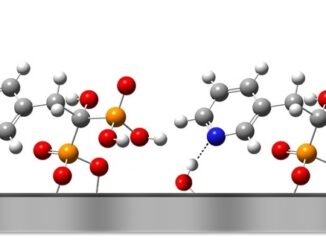
Buffer Zones for 2,4-D Applications Nearby Tobacco Fields
Abstract: An increase in 2,4-D use is expected as tolerant crops have been approved to use in Brazil, which may negatively affect important crops such as tobacco. Our objective was to determine safe distances between 2,4-D applications and tobacco fields considering herbicide contamination to the harvested product. A field experiment was conducted, consisting of a 2,4-D application done perpendicularly to the wind direction, using a tractor sprayer. Drifted herbicide was collected using tobacco plants placed at various points (-50 up to 400 meters from application zone), following three schemes: a) 0 to 0.5 hours after application (HAT); b) 0 to 24 HAT; and c) 0.5 to 24 HAT. Environmental conditions were recorded. Herbicide in tobacco leaves was quantified. Drift was detected up to 200 m in both years. Vapor movement of 2,4-D was detected up to 400 m from the application strip in 2016, on plants taken to the field after herbicide application. Environmental conditions in 2015 favored off-target movement (higher wind speed and air temperature and lower humidity); although, in 2016 the herbicide traveled further due to wet deposition. These results indicated that a 100-meter buffer zone is enough to significantly decrease chances of tobacco contamination above the tolerated threshold, and highlighted the importance of environmental conditions in the transport processes for 2,4-D under field conditions.
Author(s): Noguera, M. M.; de Avila, L. A.; Zimmer, M.; Becker, R.; Egewarth, K.; Camargo, E. R.
Ciencia Rural
Published: 08 July 2022
DOI: https://doi.org/10.1590/0103-8478cr20210350
CDMF
The CDMF, hosted at the Federal University of São Carlos (UFSCar), is one of the Research, Innovation and Dissemination Centers (RIDC) supported by the São Paulo State Research Support Foundation (Fapesp), and also receives investment from the National Council Scientific and Technological Development (CNPq), from the National Institute of Science and Technology of Materials in Nanotechnology (INCTMN).




